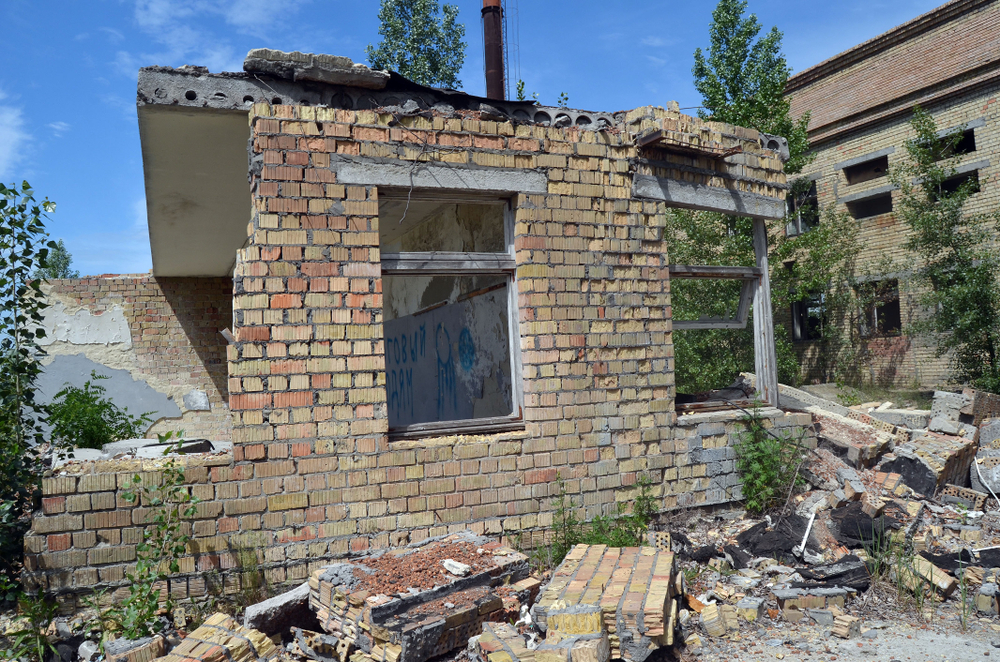 By Sara Gorelli – L’Osservatorio – Centro di Ricerca sulle Vittime Civili dei Conflitti (Research Centre on Civilian Victims of Conflicts)
By Sara Gorelli – L’Osservatorio – Centro di Ricerca sulle Vittime Civili dei Conflitti (Research Centre on Civilian Victims of Conflicts)
As news breaks that Russian troops have begun military operations in Ukraine, it is worth remembering that for civilians living in the country’s eastern region, the war began in 2014 and has never ended. In fact, figures at hand, the situation can only get worse.
Until last week, the number of direct victims of the conflict (dead and wounded due to war) was relatively low, although the number of people indirectly affected was considerable: a total of about 2.5 million people, including residents of bordering regions and internally displaced persons (IDPs). Of these, 1.8 million are reached by the humanitarian operations of international organisations.
Civilian victims of the conflict (as of 7 February 2022)
To date, according to official data from OCHA, the United Nations Office for Humanitarian Affairs, from the beginning of the conflict in 2014 until 31 December 2021, the conflicts has caused 3,106 dead and over 7,000 injured or maimed.
OCHA reports that from 1 January to 31 December 2021 there were 110 direct casualties from conflict-related causes (25 dead and 85 injured). The first six months of 2021 saw a significant decrease in casualties compared to the previous year. This trend, unfortunately, reversed as of August 2021, with the situation escalating again. In 2021, there were 44 victims of actual military clashes.
At least until now, people in Ukraine continued to die mainly due to the presence of mines and unexploded ordnance, which were the cause of harm to civilians in 53% of cases and made the country the fourth most mined country in the world in 2020 according to the Land Mine Monitor Report.
Indirect suffering
In 2021, civilians in the eastern parts of Ukraine reached by international humanitarian aid under the WASH (Water – Sanitation – Hygien) plan accounted for about 33% of the total number of local residents.
The conflict between Unionists and separatists has created complications in the water management system, because most of the key infrastructure of the water system is located around the border lines. Since 2017, these local infrastructures have been subject to direct attacks (almost 400), which have affected their functioning. To date, 33% of the civilian population living near the so-called “contact line” depends on a problematic public water supply, while 29% live without a functioning sewage system, and are therefore at risk of diseases such as cholera.
From a health perspective, the situation is extremely serious. A report launched by PAX and the Harvard Law School International Human Rights Clinic on the health system in the areas on the eastern border showed that the massive, indiscriminate and uncontrolled use of explosive weapons in the 2014-2015 clashes resulted in the direct destruction of the ambulance depot and medical and pharmaceutical supplies in the cities of Krasnohorivka and Avdiika, on which almost 50,000 people depend.
And in the rest of the cities on the line of contact, the situation is no less serious.
According to a study by Action on Armed Violence, the bombings have damaged the local health system to the extent that the number of deaths related to easily hospitalised diseases, such as diabetes, appendicitis or, more simply, hypertension, has increased by 54% from pre-war levels. In addition to the direct damage caused by the short- and medium-range bombings, the responsiveness of the local health system has also been severely compromised by the destruction of the power plants that ensure the operation of hospital operating theatres in almost two-thirds of eastern Ukraine.
Eight years after the beginning of the conflict, and with a new war looming, people in eastern Ukraine continue to suffer from the direct and indirect consequences of the hostilities. There is little hope now of a rapid deescalation, while it is becoming increasingly clear that the Ukrainian civilian population throughout the country will pay the highest price.

Find out more about our partner organization:
Cover Image: shutterstock.
























